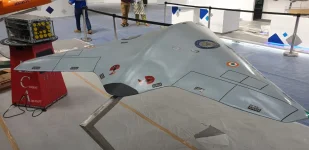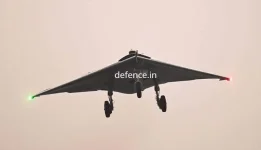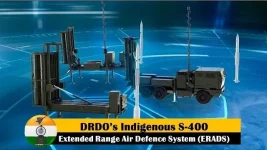- Views: 780
- Replies: 5
DRDO is spearheading advancements in Unmanned Aerial Vehicle (UAV) safety with the Aeronautical Development Establishment (ADE) undertaking a meticulous arrester barrier landing analysis. This groundbreaking research aims to optimize the design of experimental UAVs for safe recovery in emergency situations or confined spaces.
By employing state-of-the-art Finite Element modeling and meticulous material characterization, the project will simulate the complex forces exerted during landing. The initiative involves upgrading the existing UAV model, incorporating realistic structural and non-structural elements like Line Replaceable Units (LRUs).
The team will conduct limited tests to analyze the arrester barrier material's behavior under immense strain, ensuring accurate simulation during landing. Sensitivity checks will be integrated into the model to validate its accuracy in relation to real-world scenarios.
An explicit FE code will be developed to simulate the landing event, providing high-fidelity analysis of stresses and deformations. The goal is to generate data that reflects realistic conditions and identify potential structural weaknesses.
The arrester barrier landing analysis will simulate the impact forces experienced during recovery, ensuring the UAV can withstand these forces without major damage. The findings will inform design adjustments for safer landings.
The project's ultimate goal is to minimize damage to LRUs, reduce structural damage, and refine the arrester barrier design. As UAVs become more prevalent, ensuring their safety and reliability in challenging environments is paramount. ADE's commitment to refining UAV recovery systems has far-reaching implications for military and civilian applications, promoting operational capability and longevity.




